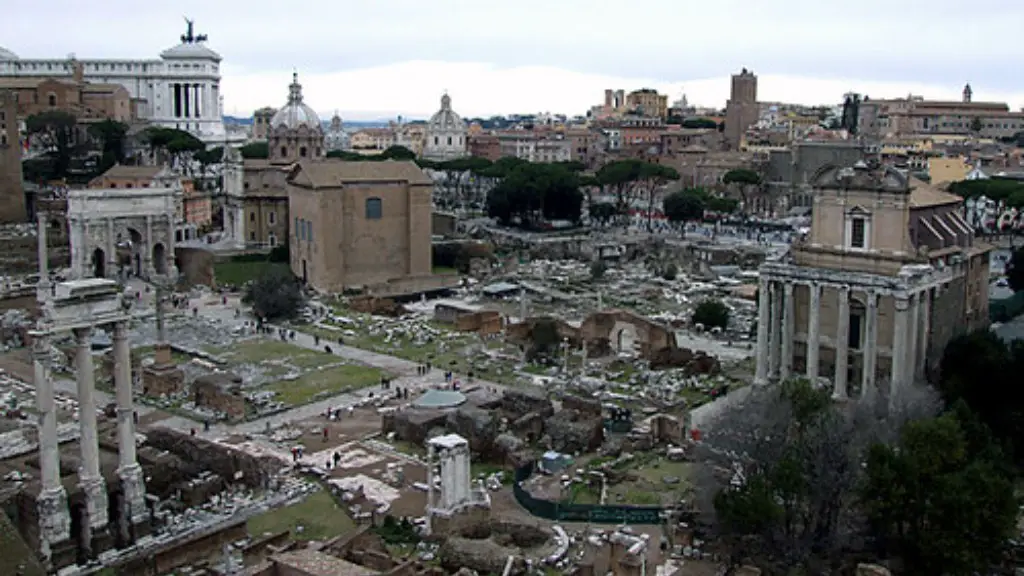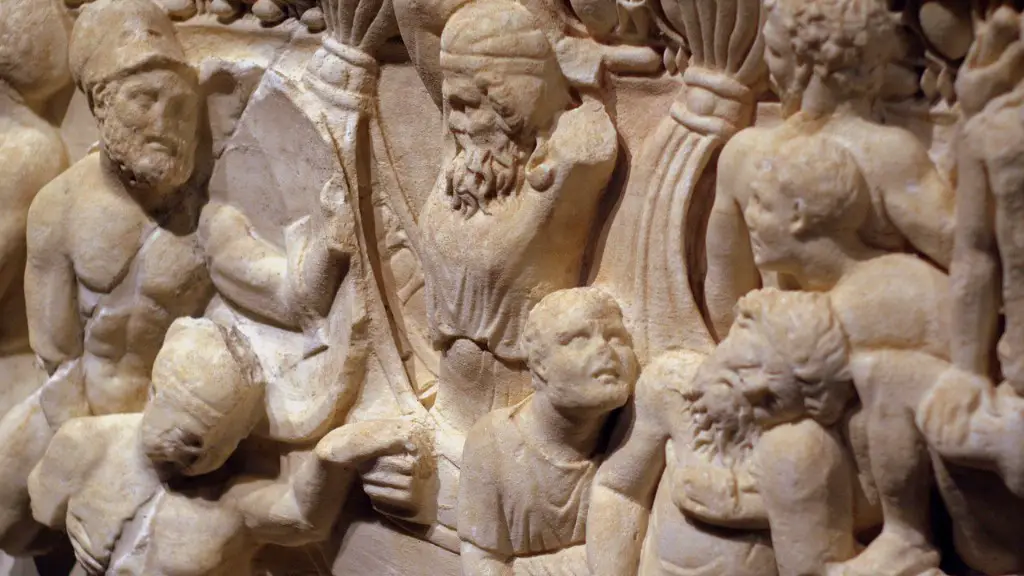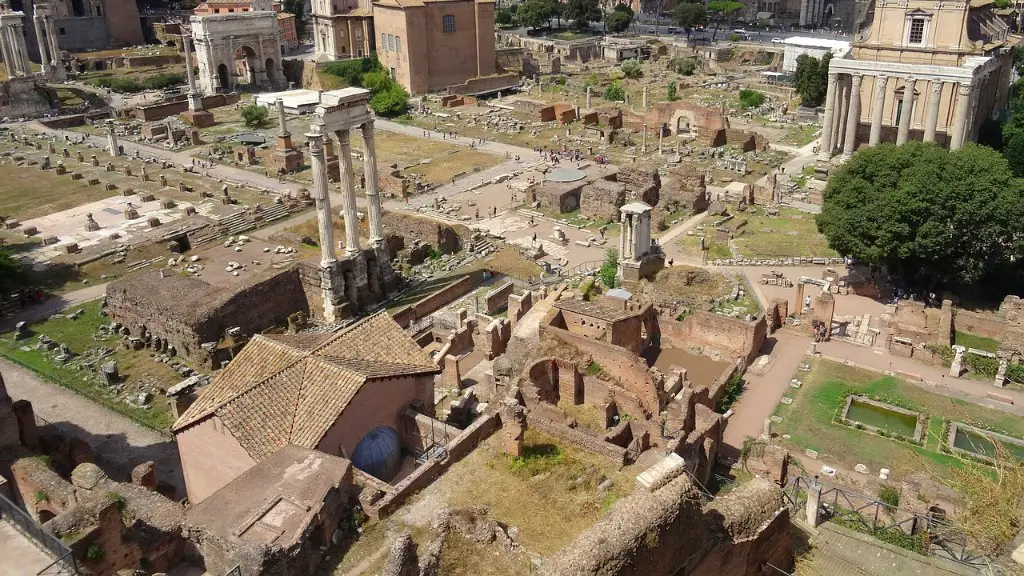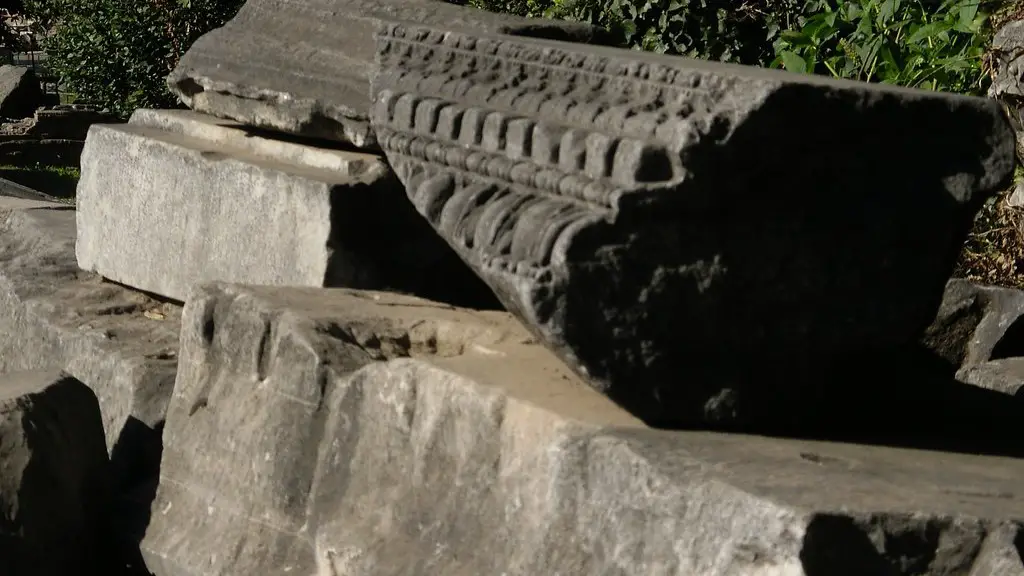The ancient Roman civilization is a captivating subject for many, as it was so incredibly influential in reshaping the way the world worked. The civilization went through many phases, beginning as a small kingdom in the 8th century BC, before becoming a republic and then expanding to one of the most powerful empires in history. Let’s look at when it began, how it evolved and what makes it special.
The Roman civilization began around the 8th century BC in the area of modern Italy. It was initially an agriculturally based monarchy, centered in the city-state of Rome. The Etruscans, a neighbouring civilization, had a great impact on Roman culture and played a big part in the transition from kingdom to republic. It was during this period that Rome developed one of the foundational characteristics of its intellectual life – law. Roman law was based on law codes and procedures such as the 12 Tables, solidifying rules and regulations as the basis of an empire. By the 2nd century BC, Rome was the most dominant city in Italy and would go on to become one of the most powerful empires in history.
Ancient Rome was the major power of the Mediterranean area and its rulers were among the most advanced in Europe. Roman law was issued from the Senate and was imposed throughout conquered countries. Roman authorities also encouraged literature and philosophy, and Roman literature has had a great influence on European culture. Ancient Rome was also a major hub for trade and commerce. It had a vibrant economy and the roads in which goods were transported throughout the empire are still in evidence today.
The Roman civilization was also renowned for its engineering. During the Roman Empire period, the Romans built many incredible structures, including the Colosseum in Rome, the Forum, Hadrian’s Wall and the aqueducts. This engineering marvel was integral to the Roman way of life and its grandeur can still be seen in the ruins and monuments that remain. Roman innovation also included innovations in warfare and military tactics which have had a lasting impression on military history.
The Roman religion was based upon a complex system of beliefs which at the center had the worship of numerous gods and goddesses. The most important gods were Jupiter, Mars, Vesta and Quirinus. The Roman religion also included a range of ceremonies and festivals. Roman religion was based upon a strong belief in fate and the gods, as well as an emphasis on maintaining harmony in the community.
The fall of the Roman Empire in 476 AD was the result of many different factors, from internal decay to the invasions of marauders from outside the borders. Despite the empire’s decline, the legacy of the Romans remains strong. Many aspects of modern life, from government and law to urban infrastructure, sports and culture can be attributed to the Romans. Their impact on society continues even today.
Architecture and Structures
The Roman civilization left many impressive pieces of architecture and structures, which still stand today. The Colosseum, an immense amphitheater in Rome, is the most iconic example of this. It was built in the 1st century AD and is seen as an artistic and architectural masterpiece, with its use of arcades, columns and statues. Rome also built many other amphitheatres and stadiums, such as the Circus Maximus, the largest stadium in ancient Rome.
Roman engineering also included the construction of bridges, aqueducts and roads. This included such groundbreaking structures as the Pont du Gard in France, the stone walls of Hadrian’s Wall and the Appian Way, the first of the great Roman roads. All of these structures are proof of the great innovation and ambition of the Roman Empire, as well as the scale of their accomplishments.
Roman architecture also had a major influence on later styles, such as Modernism. Its focus on symmetry, balance and harmony has become an important part of the way we think about architecture today. The Roman use of arches, columns and the dome were integral to the success of later architectural styles, and the Colosseum is still one of the most iconic structures in the world.
Social Structures
Apart from the physical structures that remain from the Roman civilization, it is also worth contemplating the social structures that were established by the Romans and which still partially remain in our world today. For example, the Roman Republic saw the establishment of two consuls (the highest magistrates of the state), as well as senators, who acted as advisors to them. This form of government system became a vital element in the development of democracy.
Roman society was also divided into classes and the Roman law set forth distinctions between citizens, freed persons, and slaves. Slaves were at the lowest rank of the Roman hierarchy and could be bought, sold and even tortured by their masters. The system of inheritance and family was also well established in Roman society and included the idea of paterfamilias, a Latin term meaning “father of the family”.
Finally, the Roman civilization also saw the development of a class-based bureaucracy, with bureaucrats dealing with financial, diplomatic, religious and other official matters. This set up the foundation for many of the bureaucratic principles that remain in use today, such as the vetting of government employees.
Legacy of Ancient Rome
The Roman Empire is an example of how a powerful civilization can still influence the world thousands of years later. Its legacy can be seen in many aspects of our modern lives, from commerce and legal systems to architecture, engineering and religious beliefs. Roman culture continues to captivate us with its richness and complexity, as well as the grandeur of its monuments and buildings, which remind us that this once-powerful empire has left an indelible mark on the annals of history.
The Latin Language
The Latin language was the language of ancient Rome and its legacy still lives on in modern languages today. Latin was the official language of Roman government and was used for literature, legal codes and everyday transactions. Throughout the Roman Empire, Latin was spoken and taught as the language of culture and learning, and due to the spread of the Roman Empire, it eventually became the most widely spoken language in Europe. Latin also provided the basis for the Romance languages, such as French, Spanish and Italian.
While the Latin language has largely gone extinct, it still plays an important role in modern life. Many English words can trace their origins back to Latin and some Latin phrases, such as “carpe diem” and “lex talionis”, have become iconic in our culture. Latin also remains the official language of the Catholic Church and it is still taught at many schools around the world.
The Time of Ancient Rome
The Roman civilization began in the 8th century BC and endured until the fall of the Roman Empire in the 5th century AD. This is the longest continuous period in Western civilization, in what is sometimes referred to as the “Golden Age of Rome” between 27 BC and 180 AD. This period saw the height of Roman power and the emergence of a successful and prosperous culture. Some of our most enduring western values and ideas can be traced back to this time, including our conceptions of politics, law, literature, art and engineering.
Modern Reflections on Ancient Rome
The Roman civilization continues to fascinate us and inspire us today, with its monuments and ruins, its literature and its laws. We can even draw from the past to inform and shape our present. For example, some contemporary studies of Roman culture have revealed the importance of a healthy civic culture and of accepting different peoples from around the world. We can also learn from their successes and mistakes, such as their expansive imperial endeavors, as well as their failure to keep slavery in check. Ancient Rome still resonates with us today and we can continue to learn from its legacy.




